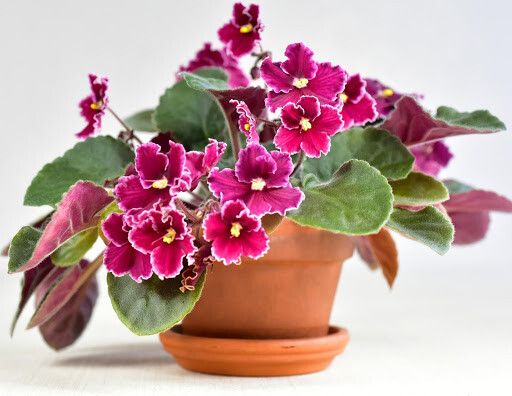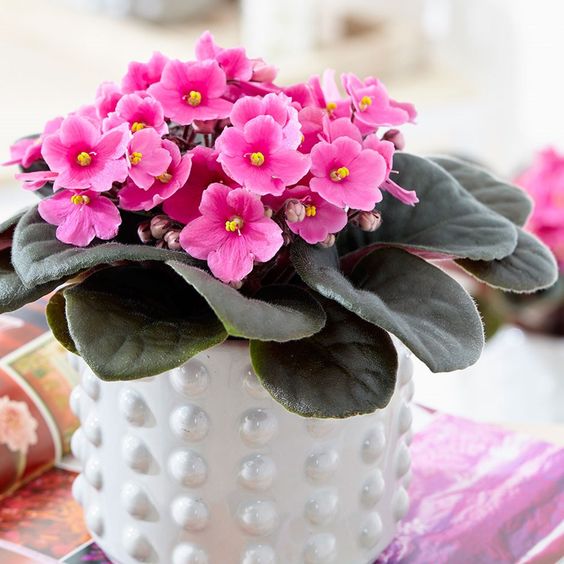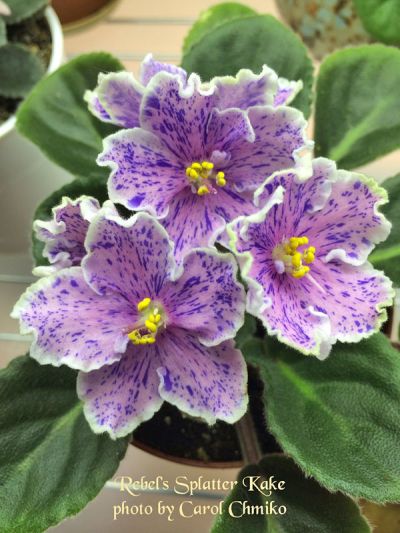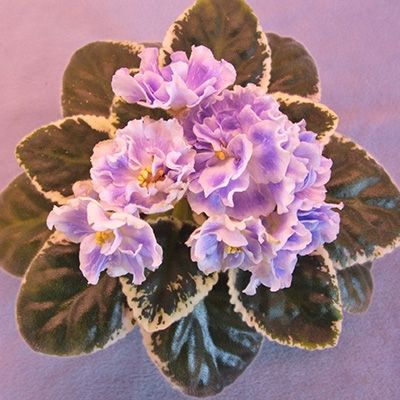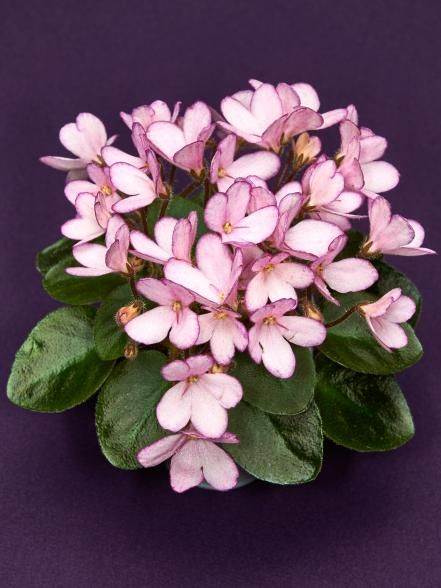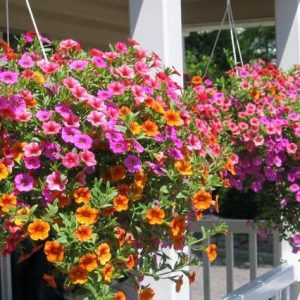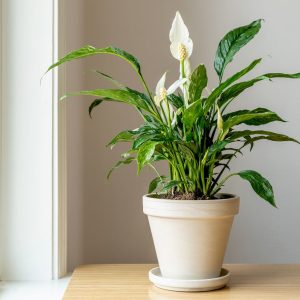The African violet is a small plant with a big impact, as it blooms almost all year round. Learn everything you need to know about African violet varieties, growing conditions and care.
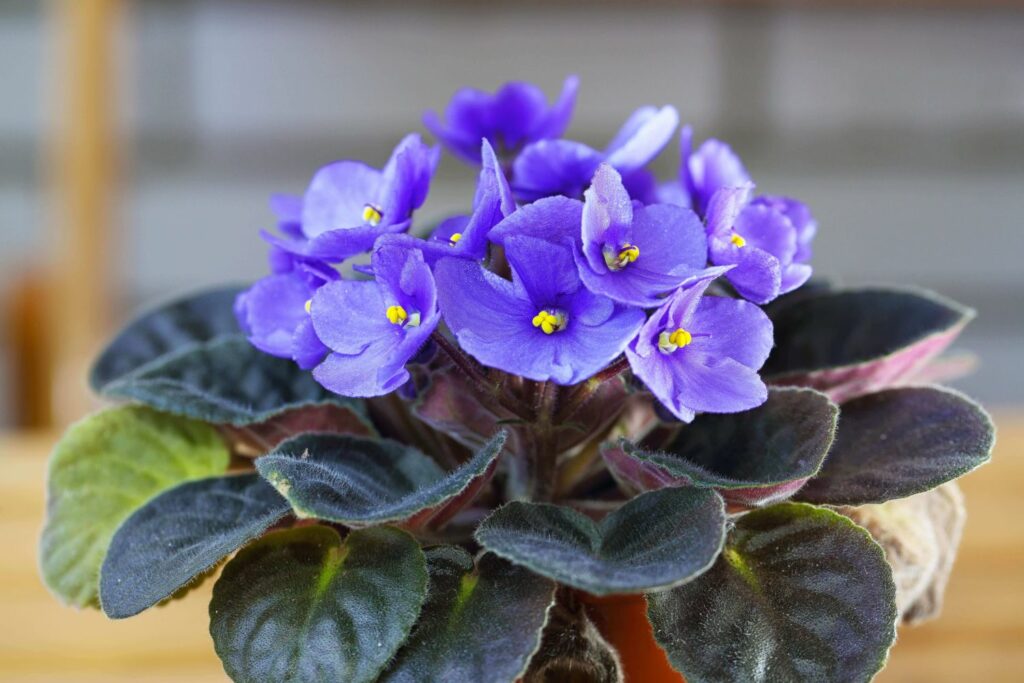
The African violet (Saintpaulia ionantha), despite its name, is not related to true violets (Viola). Its flowers come in many beautiful color combinations, making it a real showstopper. It’s no surprise that African violets are popular with flower collectors. Read on to find out how to care for this amazing plant.
African violet: origin and characteristics
The wild forms of the African violet (Saintpaulia ionantha) are native to Tanzania’s Usambara Mountains and are extremely rare. The varieties we keep as houseplants are hybrids and are usually a cross between Saintpaulia ionantha and one of its many subspecies. These include Saintpaulia ionantha subsp. grandifolia and Saintpaulia ionantha subsp. sharp. The African violet belongs to the gesneriad family (Gesneriaceae).
African violets are herbaceous perennials with fleshy leaves covered in fine, downy hairs that form a rosette. They can grow up to 20 cm high and wide. African violets have yellow central stamens and will bloom year-round in a variety of colors, including violet, white and pink if conditions are favorable. There are varieties with smooth, wavy or fringed petal edges as well as double and single flowers.
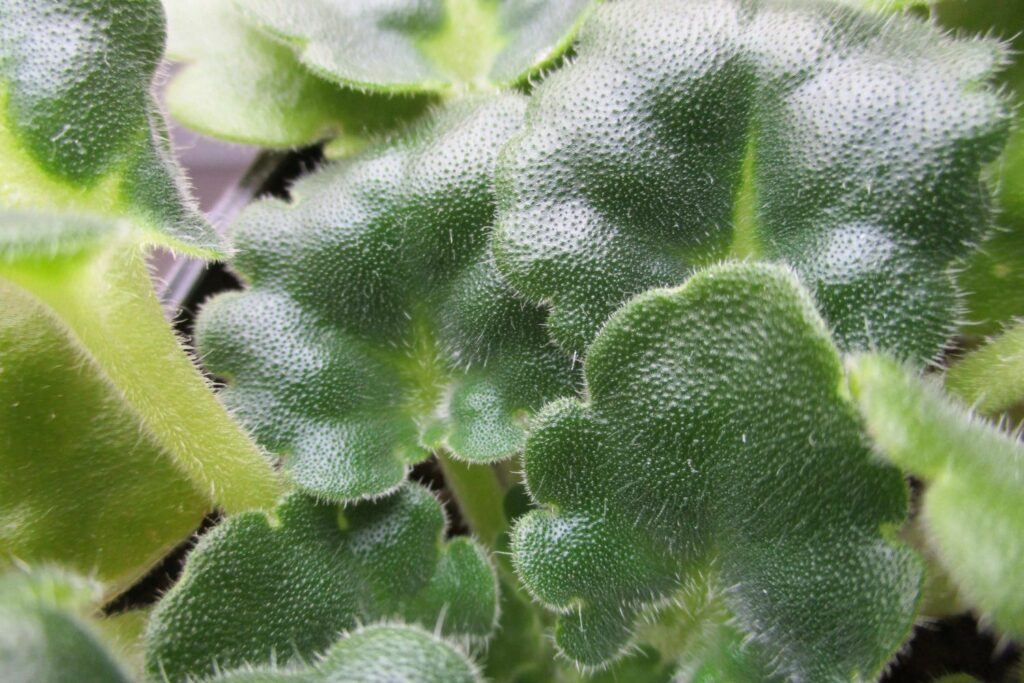
Fun fact: African violets have nothing to do with real violets. They got their name from the color of the first cultivated form, a violet blue, and from their African origin, Tanzania.
The most beautiful African violet varieties
The African violet comes in a range of colors to suit everyone’s taste, including violet, white, pink, blue and multi-coloured varieties. Some of the 2000+ varieties even have colored leaves but they are quite rare. Here are some of the most beautiful varieties of Saintpaulia ionantha.
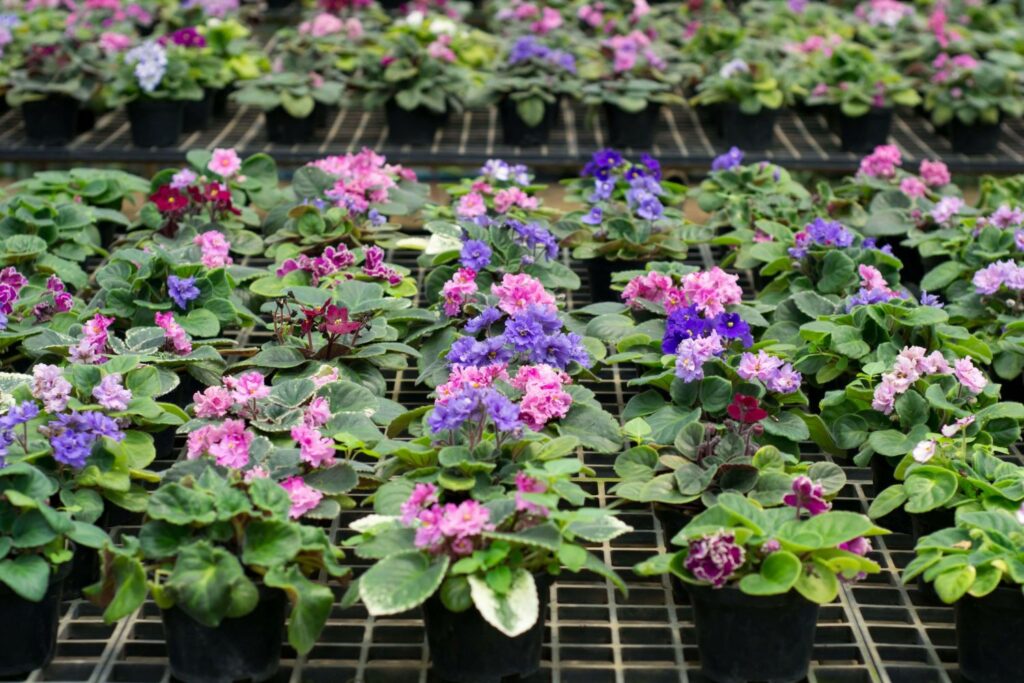
- ‘Artus’: beautiful blue variety
- “Bordeaux”: variety with burgundy flowers
- ‘Comet’: if you like white flowers, this is the variety for you
- “Morgan’s Sweet Patootie”: the flowers of this variety are particularly small, bell-shaped and have a delicate salmon-colored hue
- “Rob’s Chilly Willy”: a mini African violet with pale purple double flowers
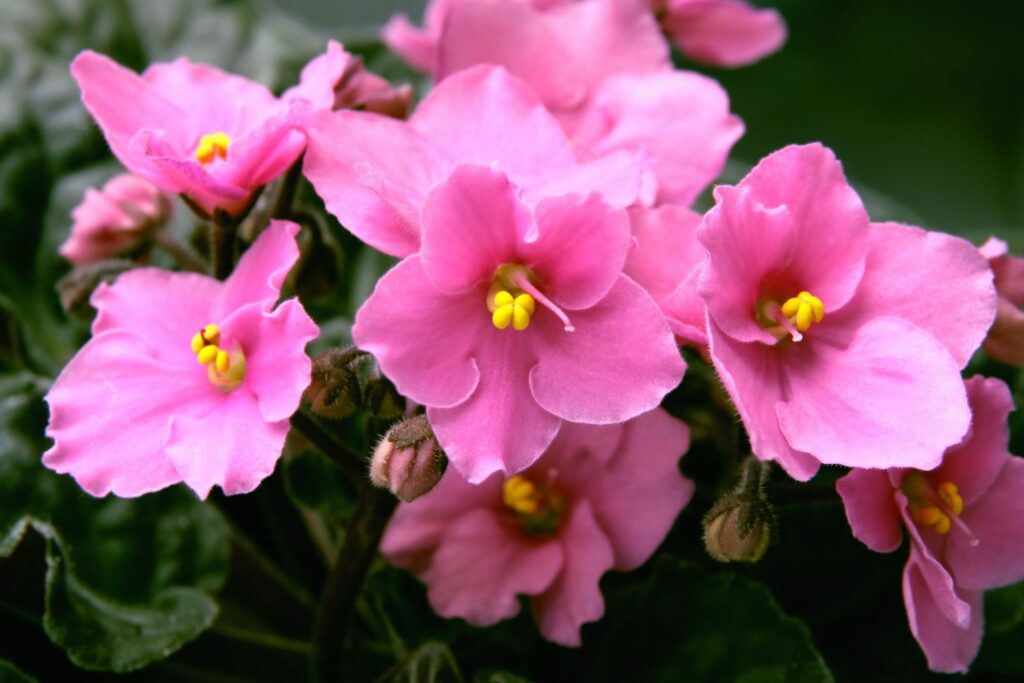
How to Grow African Violets
African violets thrive in a bright and warm location that is free from direct sunlight and drafts. A south-west facing window is ideal due to the plant’s high light needs. To ensure that every part of the plant receives the same amount of light, either turn the pot regularly or use a reflector. In winter, you may want to use a grow light to ensure your African violet gets enough light.
African violets are not hardy and require temperatures of 18 to 24 °C all year round. Even temperatures as low as 16 °C can have an impact on growth and flower formation.
Bright kitchen or bathroom windowsills are good places for African violets because they like moisture. If you keep your African violet in another room, use water bowls to increase the humidity. Another option is to put expanded clay in the dish, then put the pot on top and fill with water. This way, the water will evaporate right under the African violet without causing water deterioration. Do not spray the leaves directly with water.
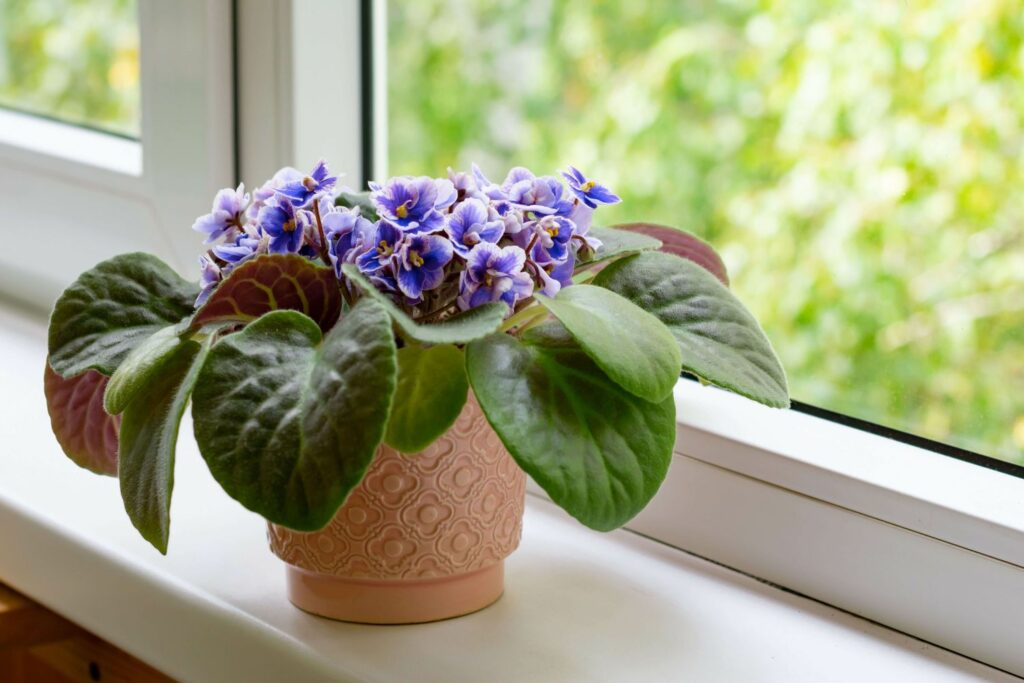
Tip: You can keep your African violets outside in the summer, as long as they have enough shade. When the temperature drops below 16 °C, bring them back indoors.
Use a shallow pot when planting an African violet, as the plant does not have deep roots. Choose a pot with drainage holes and put a drainage layer of coarse material in the bottom to avoid water deterioration. A high-quality potting soil, like our Plantura Organic Flower Compost, is a great choice because it maintains its stable structure for a long time, allowing the roots to get enough oxygen. Our peat-free soil stores and distributes water well to the plants. Add approximately 30% sand to the substrate to further increase its permeability.
African violet care
Watering, fertilizing and maintaining a certain level of humidity are the most important aspects to look out for when caring for African violets.
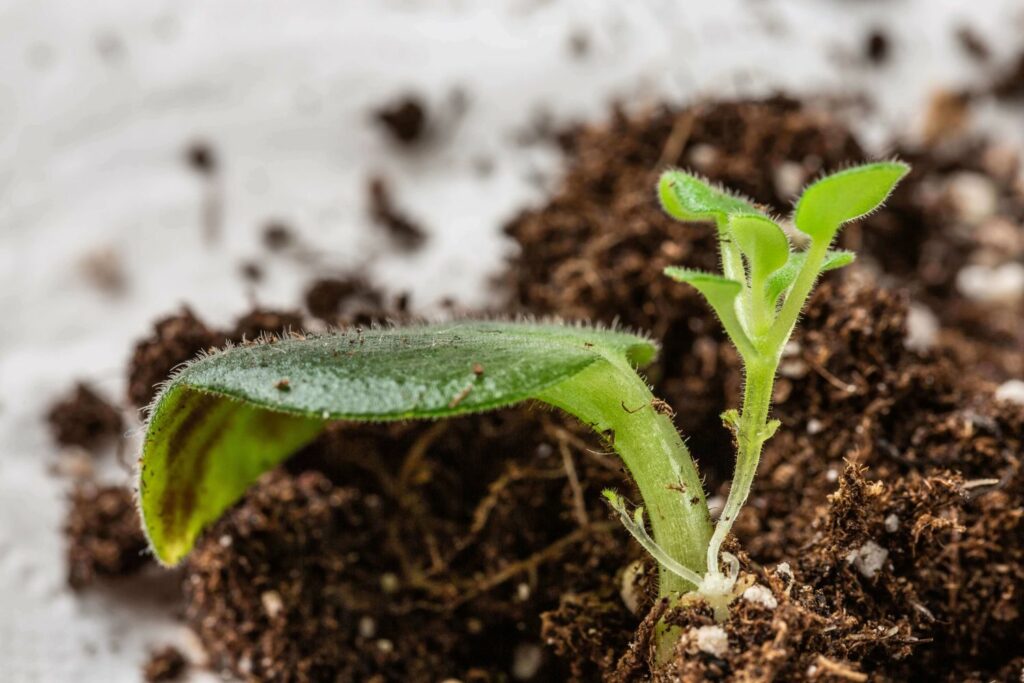
Water African violets
African violets need to be watered when the surface of the soil has dried out. Just do a finger test to determine when it’s time to water your plants. It is best to water with rainwater or to descale hard tap water before use. We recommend watering African violets from below, as their leaves are very sensitive to moisture and susceptible to fungal diseases. Pour water into the dish and wait 15 – 20 minutes until the plant has absorbed enough. Then pour off the remaining water as the African violet’s root system cannot tolerate water blight.
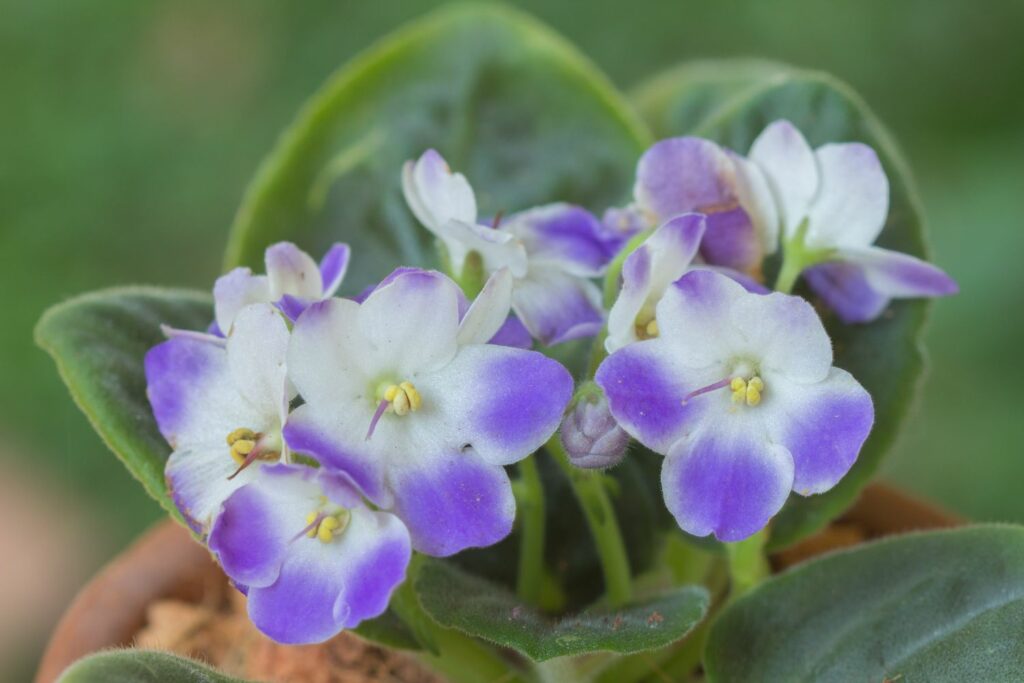
Fertilizing African violets
An even supply of nutrients is crucial for abundant flowering as well as plant strength and health. Fortunately, the African violet is one of the least demanding plants when it comes to nutrients. It needs fertilization sometimes but does not tolerate too much nutrients. Liquid fertilizer, such as our Plantura Liquid Houseplant Food, is ideal. Our fertilizer is rich in nutrients and contains microorganisms that encourage root growth in African violets. It is easy to dose and can be applied when watering, making it quickly available to the plant. During the growth phase in spring and summer, apply half a dose every 2-3 weeks. In winter, every 6-8 weeks is enough.
How to Prune African Violets
It is not necessary to prune African violets because they are such small plants. Instead of cutting the African violet, gently twist out wilted leaves and flowers.
Tip: Clean dusty leaves thoroughly with a brush. A cloth will be useless due to the fine hairs of the plant.
Repotting
It is usually not necessary to replant African violets as they do not need much space for their roots and they even like a slightly cramped pot. But if the pot is definitely too small, choose a slightly larger planting and replant the African violet in the spring, if possible.
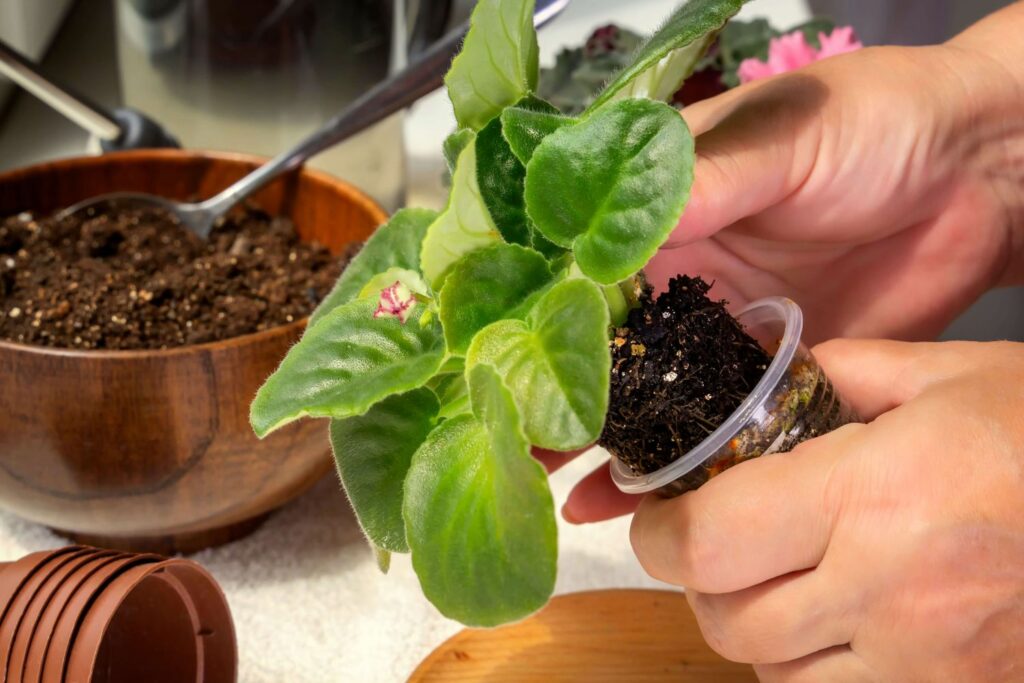
Diseases and pests
Is your African violet not blooming, its leaves drooping or has it been attacked by a pest? Pests and diseases have different causes, but can usually be successfully controlled:
- Mosaic disease: if the leaves of the African violet become mosaic-like and show light spots, there is a possibility that the plant is suffering from a viral disease. Avoid damaging the African violet, as this is how the virus enters the plant. If the plant is already diseased, discard it immediately.
- Aphids: likes to attack houseplants and often goes on weakened plants. Since the leaves of the African violet are quite delicate, collect the aphids by hand instead of washing them off. Another option is to use beneficial insects to control aphids. An effective remedy is provided, for example, by lacewings and thrips, which can easily be placed on the plant.
- Mealybugs: plant sap-sucking mealybugs usually hide under the leaves or in the leaf axils, leaving behind greasy residues. Either pick off the insects or use organic means to combat mealybugs and thrips. They are easy to apply and can be used on ornamental plants against many pests.
- Trips: this little pest is most easily recognized by the damage it causes, especially the needle-like lightening of the leaves. There are beneficial insects and organic agents available to control thrips.
- Falling leaves: if the leaves of your African violet are drooping, it has received either too much or too little water. You can easily check this by looking at the soil: is it moist and musty smelling or is it submerged and dry? Provide the plant with fresh substrate and adjust the amount of watering. Another cause can be crown rot, a fungal disease that causes decay in the center of the plant. It is caused by fungi in the soil combined with too much moisture. To combat crown rot, remove the affected parts of the plant.
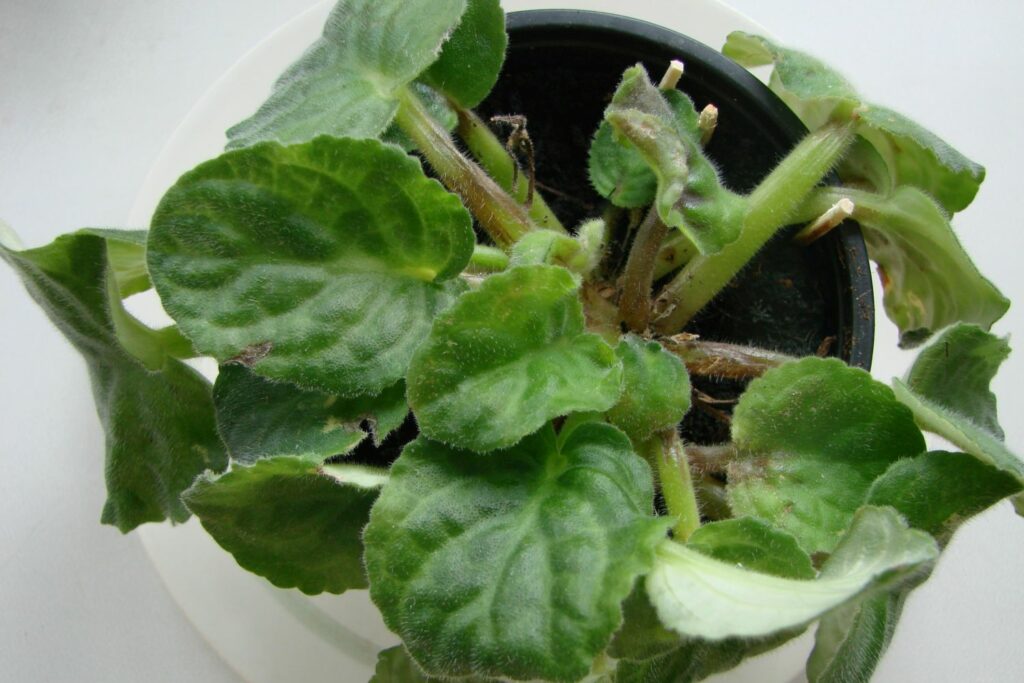
- Brown or yellow leaves: low humidity, drafts, water sickness or too little water are causes of discolouration of the leaves. Watersickness and dry air are often mistakes made when caring for houseplants.
- No flowers: if an African violet does not bloom, it is usually because its care is insufficient or it needs to be placed in another place. Too little light or an environment that is too cold can be the cause.
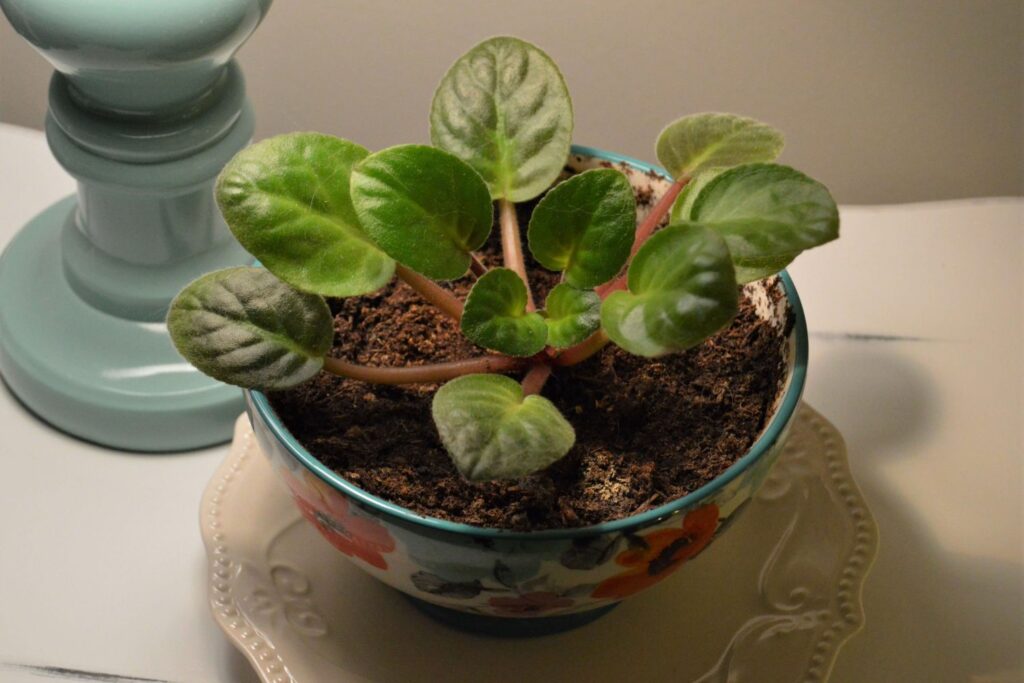
African violet propagation
The African violet can be propagated vegetatively, for example asexually – cloned, so to speak. Alternatively, it can be propagated by seed, for example generatively, and it is possible to create your own crosses.
It is easy to propagate African violets vegetatively using leaf cuttings. The method is simple and usually successful. Pick one or more leaves, including the petiole, from the mother plant, preferably in the spring. Then fill a shallow pot with sphagnum moss or potting soil. To ensure the cuttings take root, use a low nutrient substrate such as our Plantura Organic Herb & Seedling Compost. In addition to the low nutrient content, the loose structure of our soil also supports root development. To prevent mold, insert only the leaf stalk into the soil, not the leaf itself. The cuttings need a temperature of more than 20 °C and high humidity to grow, so place a bowl of water next to the cuttings. After 4 – 6 weeks, new leaflets will appear above the soil, indicating that propagation has been successful. Replant the new plants in separate pots and place in a semi-shady location.

African violets can also be propagated by division. To do this, carefully divide the rosettes into two parts in the spring and plant them in separate pots. Then place the plants in a warm semi-shady place. After about 3 weeks, move them to a brighter place and take care of them normally.
Seeding is a little more time consuming, but can be worth it, as it allows you to cross different varieties. To begin, hand pollinate the African violets so that seed heads form. Store the seeds in a dry, cool place in a dark container over the winter. In the spring, sow the seeds on moist moss on top of seed soil and keep them at 21 °C. Cover them with cling film and air them twice a day to prevent mould. After about 3 weeks you will see the first plants, which develop quite slowly. As soon as 2 – 3 pairs of leaves are visible, replant the plants in a nutrient-poor substrate and continue growing at 16 – 18 °C. After that, they will gradually adapt to the normal conditions of adult African violets.
Are African Violets Poisonous?
As an ornamental plant, the African violet is not suitable for consumption. Although the African violet is safe for adults, do not eat it and keep it out of the reach of children and pets.
If you like colorful flowers in your home, the blood lily may be for you. This plant, with its bright red, spherical flowers, is still relatively unknown as a houseplant in the UK.
